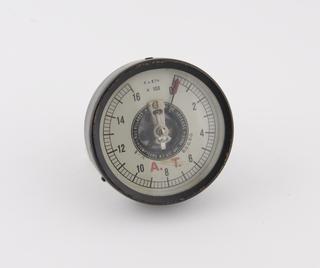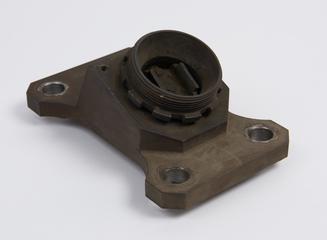
Turbine Blade from Olympus 201 Jet Engine
- Made:
- 1956-1960 in United Kingdom








Turbine blade from the first stage of a Bristol Siddeley Olympus 201 jet engine, as fitted to an Avro Vulcan B2 bomber.
This is a turbine blade from the first stage of a Bristol Siddeley Olympus 201 jet engine, the type fitted to the Avro Vulcan Mk2.
A jet engine works by sucking in air at the front, compressing the air, mixing it with burning fuel, and then blowing the hot exhaust gases out of the back of the engine to provide forward thrust. Most jet engines contain hundreds of blades like these of different sizes and types, arranged in several rows like a line of fans spinning around a common shaft. Together they are responsible for sucking in the air at the front of the engine, squeezing the air before it is used to burn fuel, and then blowing the exhaust out of the back of the engine to provide thrust.
Details
- Category:
- Aircraft Propulsion
- Object Number:
- Y1987.159.7
- Materials:
- metal (unknown)
- Measurements:
-
overall: 55 mm x 32 mm x 150 mm, 300 g
- type:
- component - object
- credit:
- Gift of Mr. R. Bagshaw



